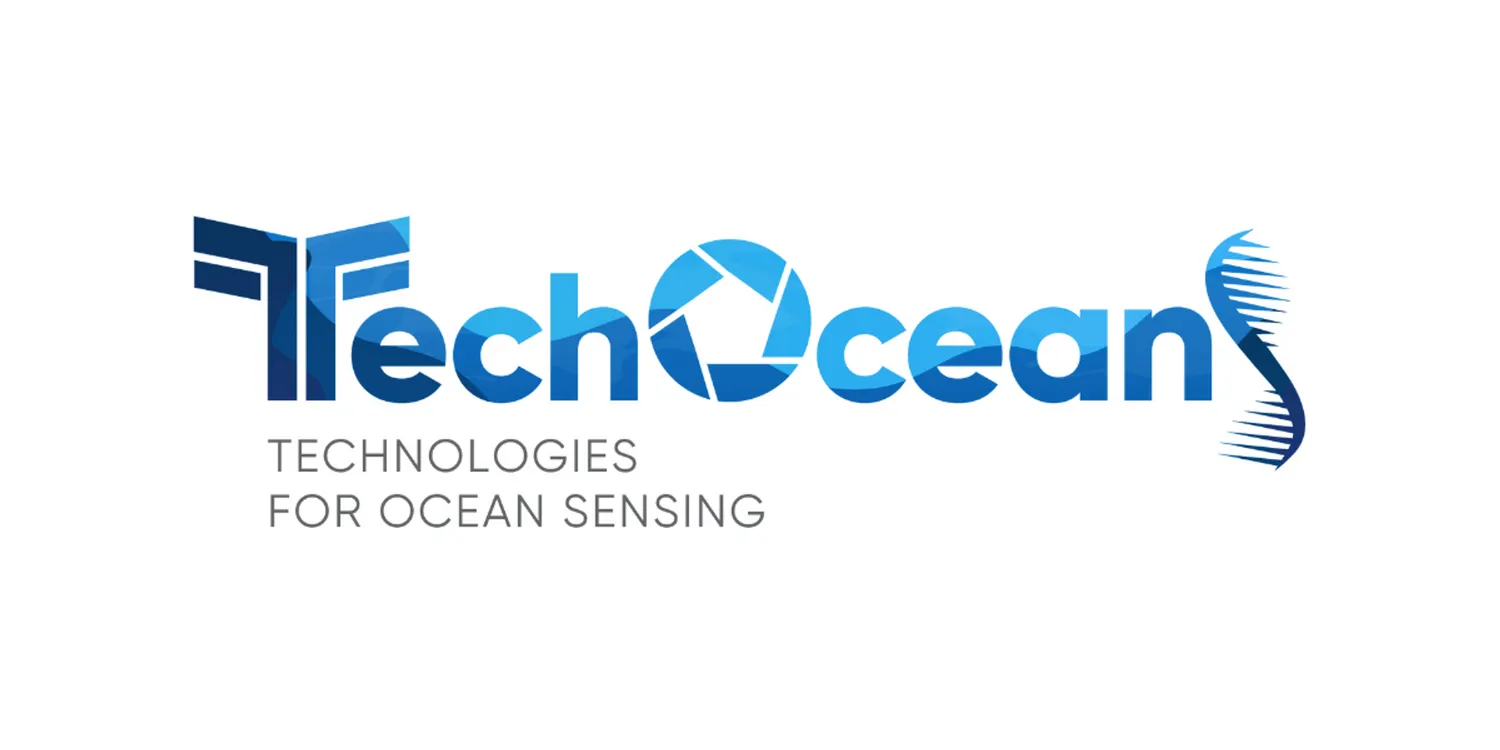27 Jul 2021
The EU-funded project, TechOceanS (Technologies for Ocean Sensing) is developing innovative microsensors that have the potential to revolutionise how we measure and monitor the world’s changing oceans.
Led by the UK’s National Oceanographic Centre (NOC) and consisting of partners from Cyprus, France, Germany, Greece, Ireland, Italy, Spain and the United Kingdom, TechOceanS is an €8.9M project funded by Europe’s Horizon 2020 programme.
TechOceanS technologies will enable the capture of vital, previously inaccessible data on the ocean’s biogeochemistry, biology and ecosystems. The project is developing new, low-cost sensors that are capable of remotely detecting and analysing chemical contaminants, biotoxins and environmental DNA. By minimising the size and power requirements of these sensors, remote platforms and autonomous underwater vehicles will be able to provide scientists with a constant and more complete picture of the oceans’ health.
TechOceanS project partner, Professor Fiona Regan, Chemistry Professor and Director of Dublin City University’s Water Institute highlighted the potential impact for this technology:
“Right now, if you want to check a body of water for toxins you have to physically take a sample of that water and run your tests on it, mostly in a lab. This is a costly and time-consuming process. In TechOceanS, one of the sensors we’re working on uses antibodies to detect even faint traces of toxins. By integrating these into an automated “lab on chip” based sensor, and putting that on a deployable platform, we will be able to take hundreds or thousands of readings throughout the water. With this automated technology we can collect more samples and analyse them remotely at a fraction of the cost of current techniques. This will provide a whole new level of useful information for places like aquaculture farms, public beaches and areas where scientists are monitoring biodiversity.”
The TechOceanS team is working on several types of microsensing technologies. In addition to the biogeochemical analyte sensor described by Professor Regan, the project is also developing technologies such as a bioassay sensor for organic contaminants and a micro-cytometer for detecting and analysing phytoplankton and microplastics.
As TechOceanS progresses, all of these microsensors will be integrated into robust systems capable of operating remotely and at great depths. The dual detection/analysis capabilities of these systems will enable data to be sent back to researchers continuously from sensors that have long autonomous or semi-autonomous deployments. This will enable scientists to measure and monitor vast stretches of the ocean using fewer, more cost-effective resources.
For Professor Regan, the collaboration with the diverse group of experts working in TechOceanS has already been a rewarding experience.
“We have a great team of people, and this project is really about communication across the disciplines and coming together to the same path. We’re working with biologists and engineers and combining these biosensors with new optical and detection technology, and it’s really coming together. Getting to piggyback on the knowledge and technology offered by NOC is a huge advantage and has allowed us access to a range of new targets for our sensors.”
In addition to the TechOceanS work on microsensors, other scientific themes covered by the project include groups working on imaging and optics, genomics and cross-cutting approaches to sharing best practices, testing and applying the new technologies. Throughout the project’s four years, TechOceanS will refine and validate the components within each of these themes and then begin incorporating them into integrated platforms.
The project will see these systems all the way through real-world trials. The goal is to deliver pilot, paradigm-shifting technologies for ocean monitoring that are low-cost and place minimal demands on existing infrastructure, allowing them to be made available for use by all countries regardless of resources.
